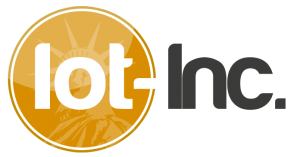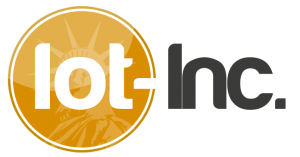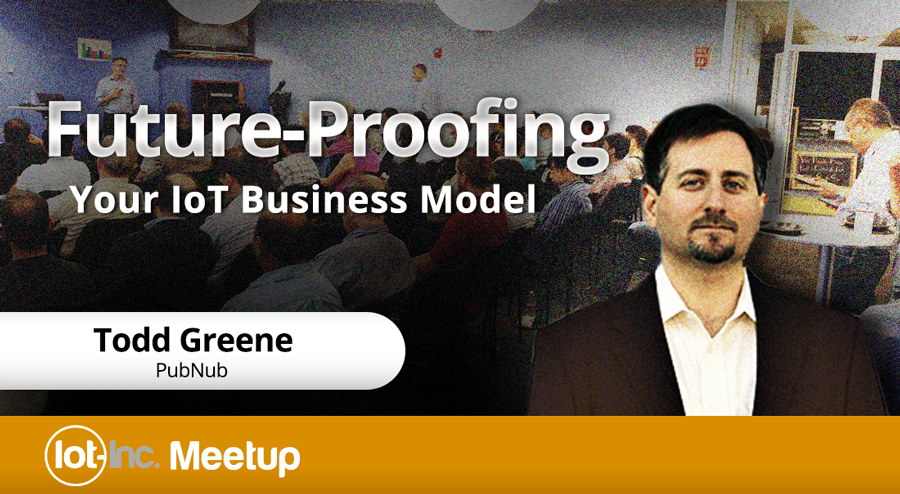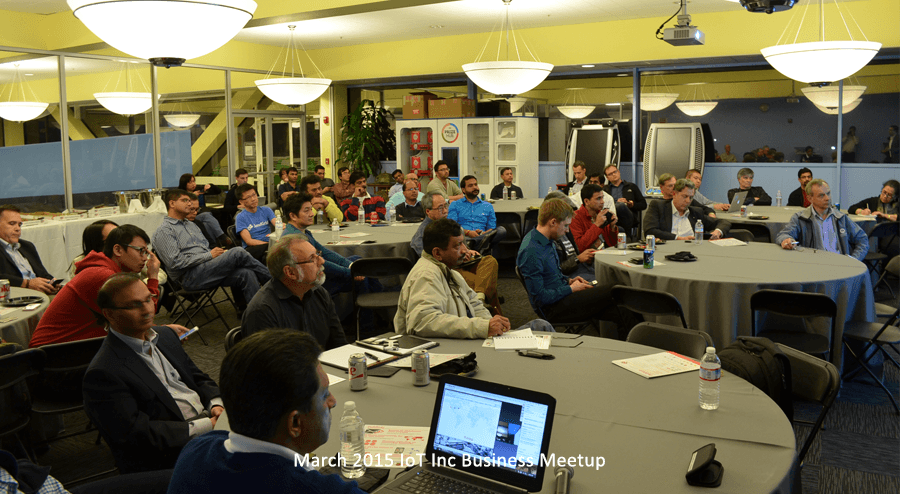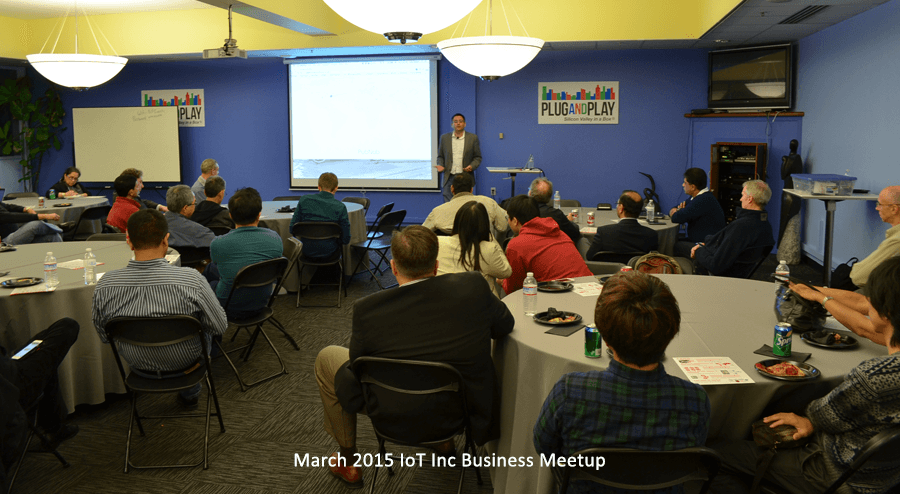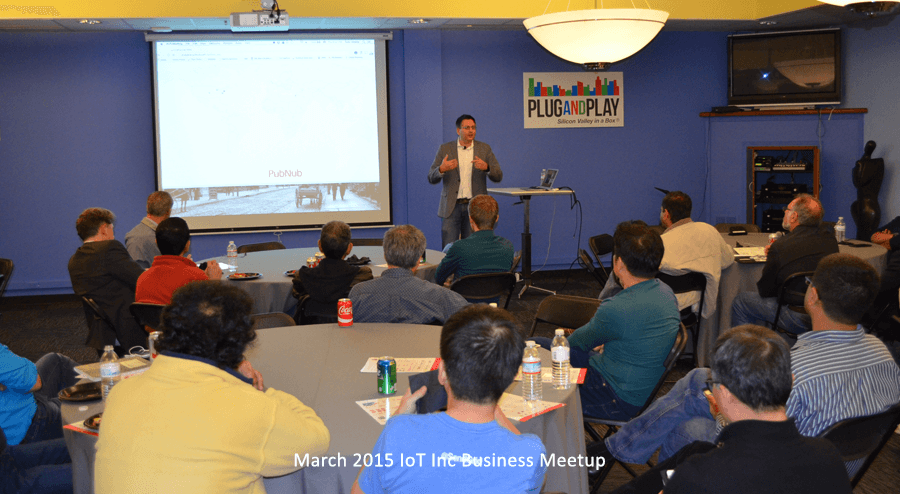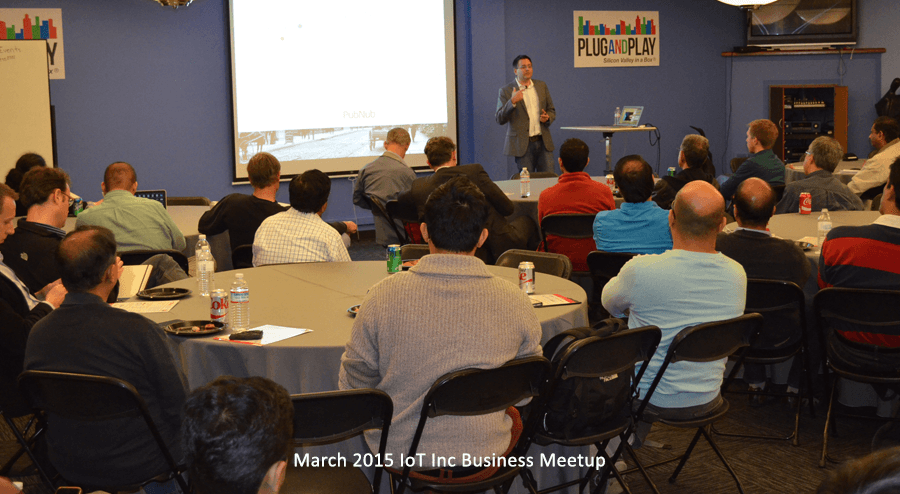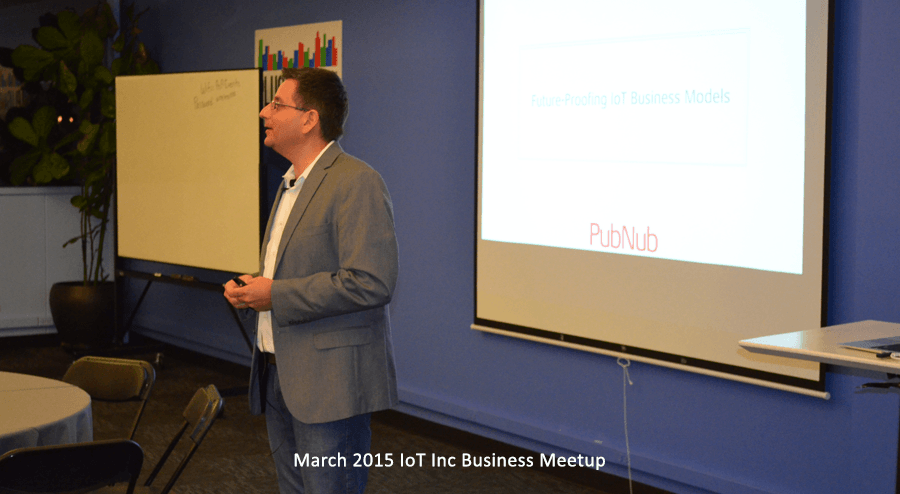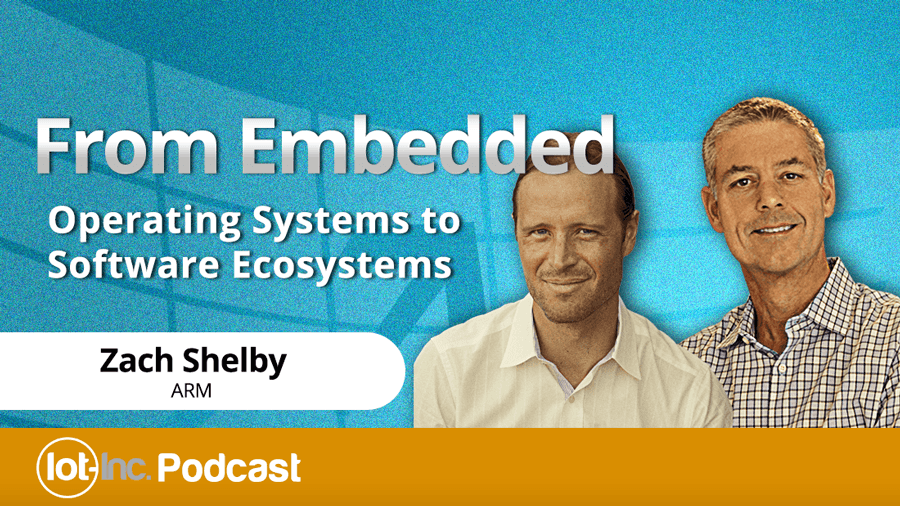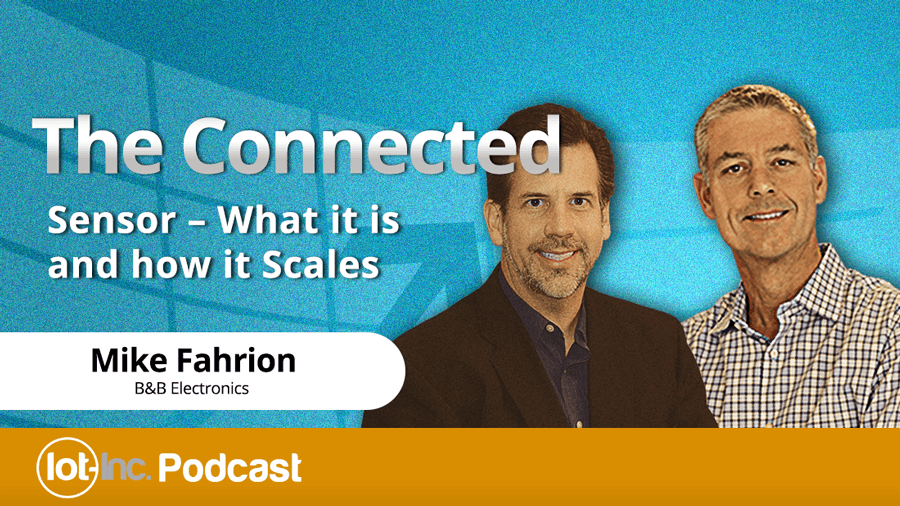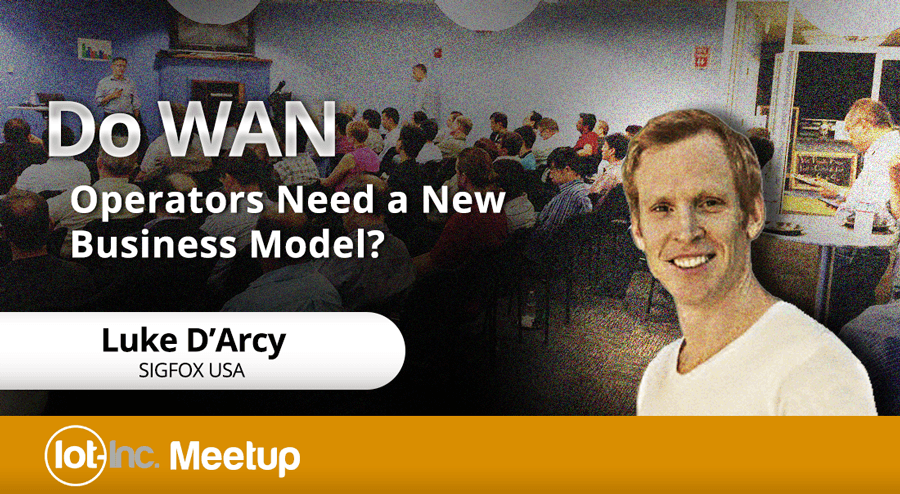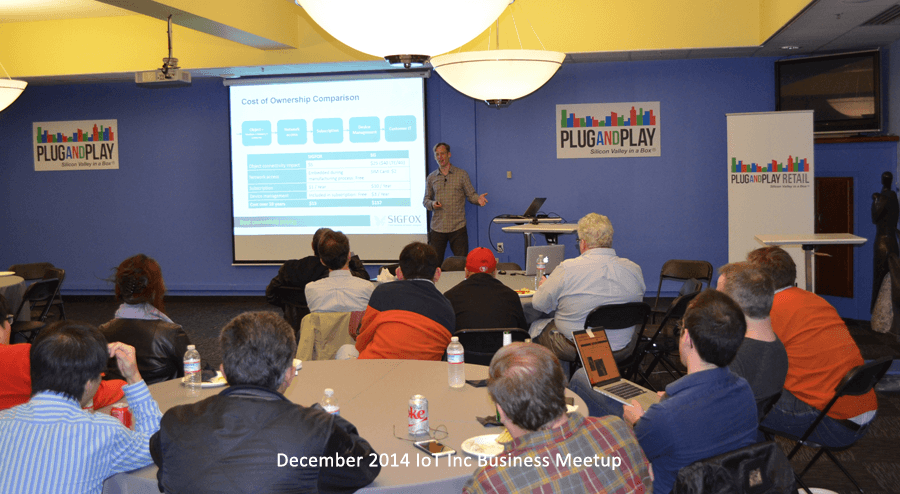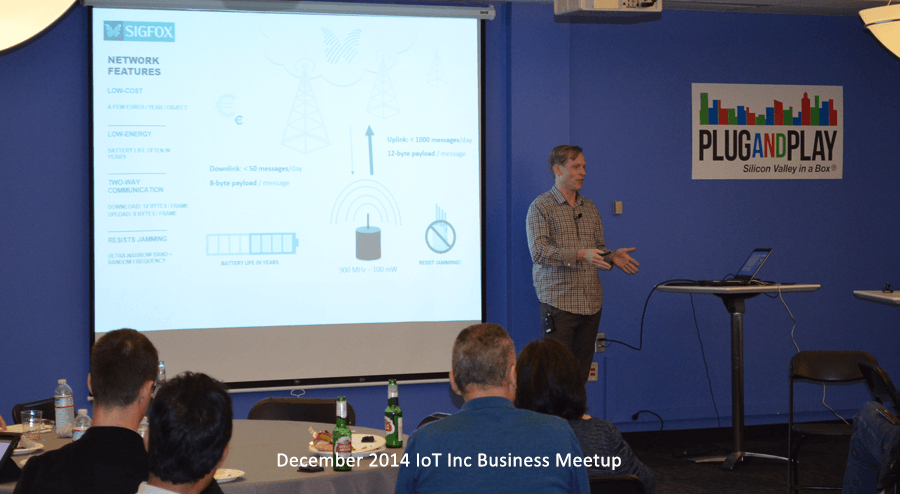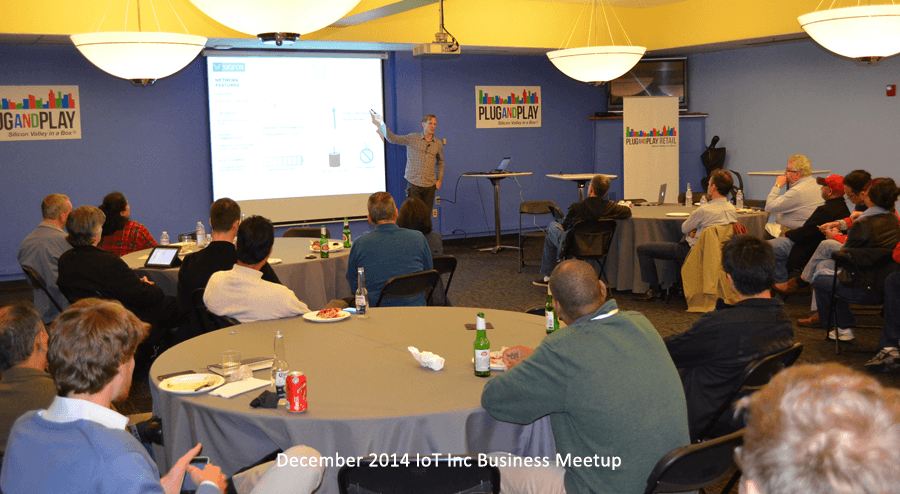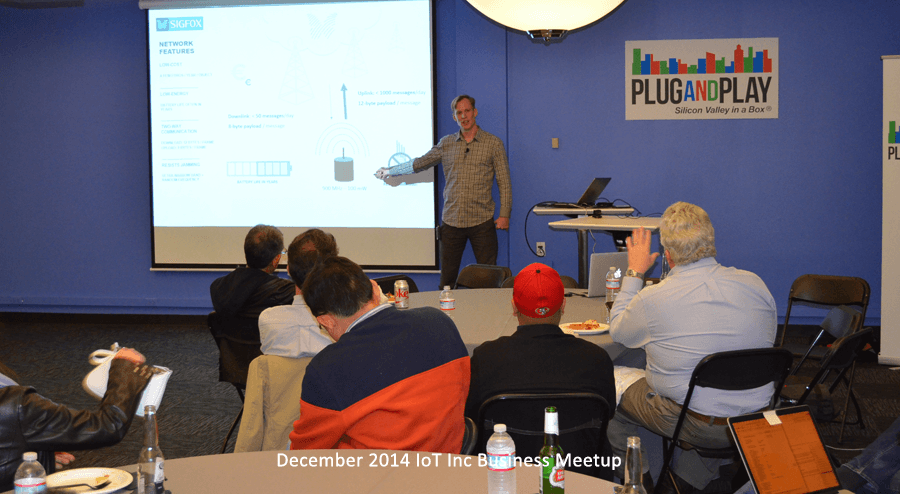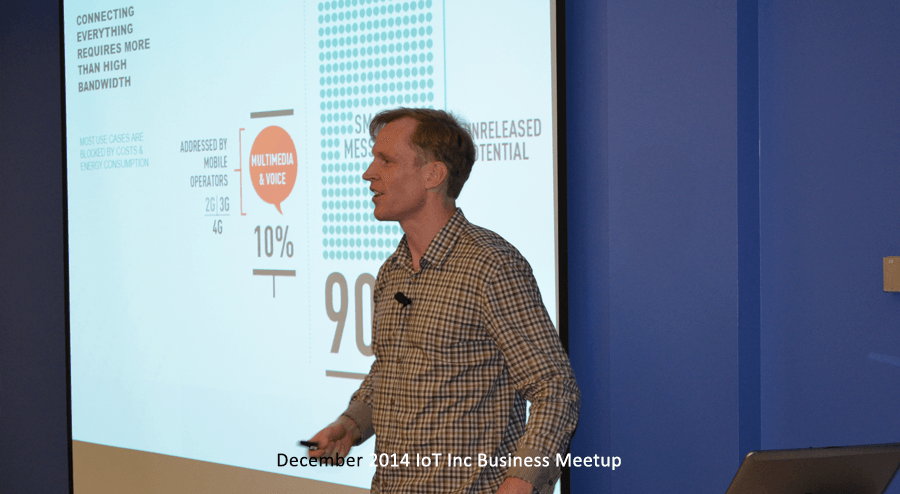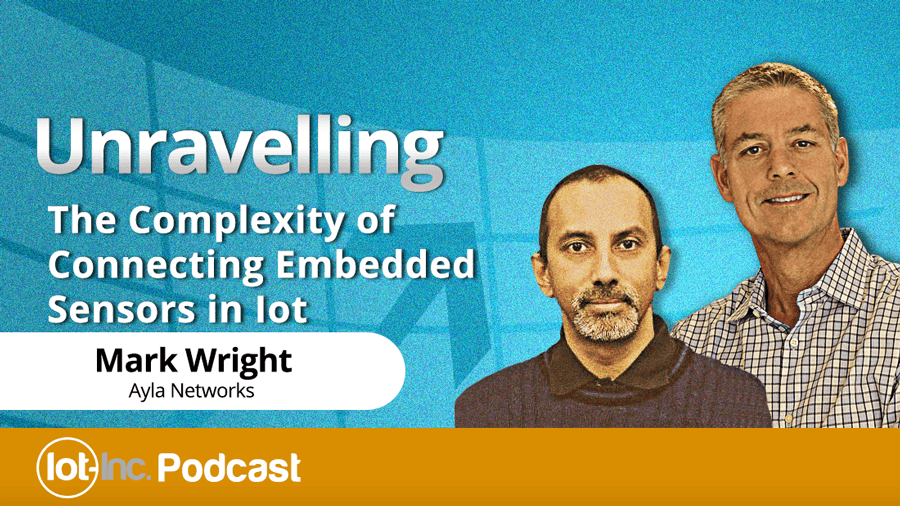11 Mar Communication Layer as a Service for IoT
First, the audio quality for this video is low. Unfortunately the mic was rubbing on Todd’s jacket – I’m still learning. Second, this is a little more “sales-y” than usual but worth watching to understand the PubNub service but to also hear Todd’s views on the demise of the IoT Platform (near the end).
Watch this video (or read the transcript) to hear Todd Greene discuss the PubNub service and the future of the IoT stack ...
